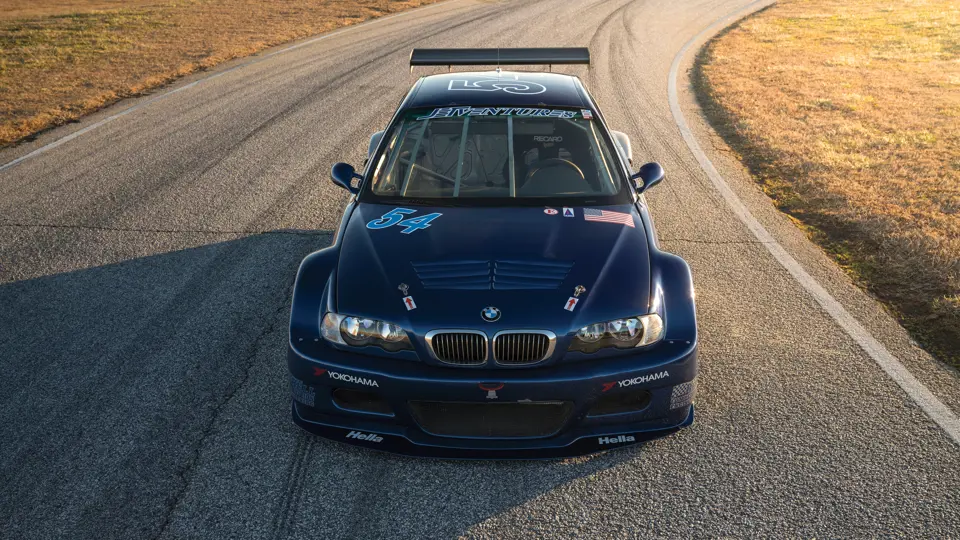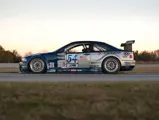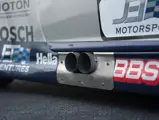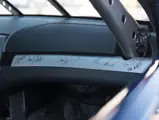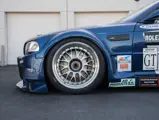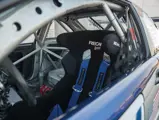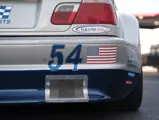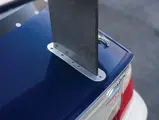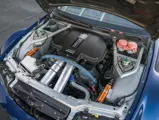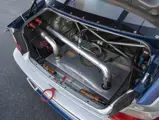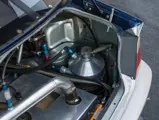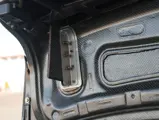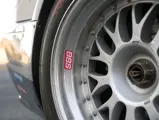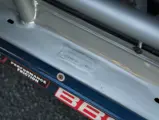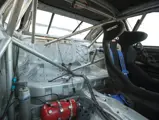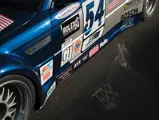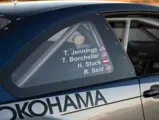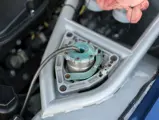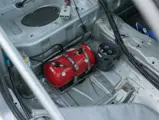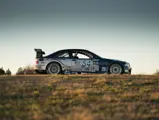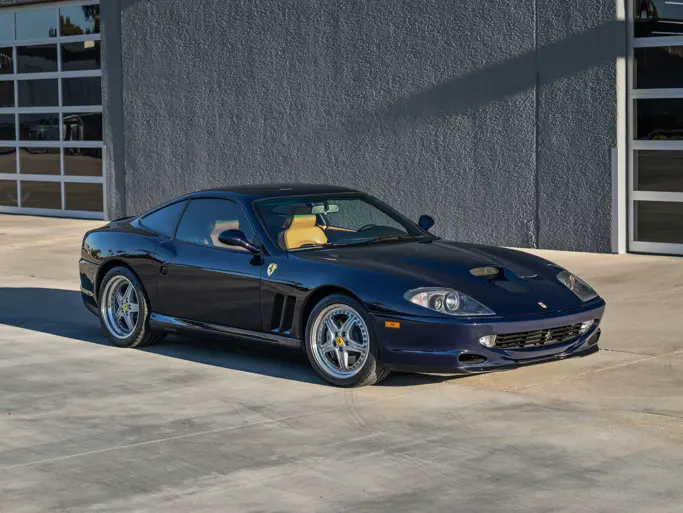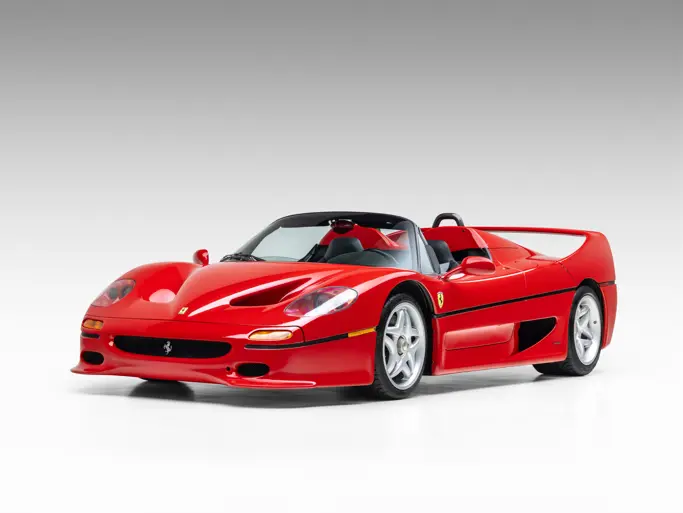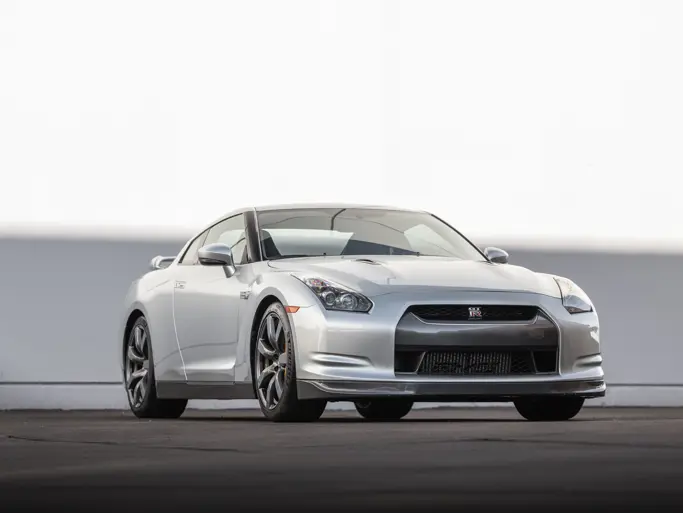In 2000, with Porsche squarely in its sights, BMW North America turned to Tom Milner's Prototype Technology Group (PTG) to transform the new M3 into a Rolex Grand-Am Series champion.
BMW and PTG were hardly strangers. Five years prior, PTG converted BMW's reborn M3 into a pole-setter for its GTS-2 debut. With that experience, PTG was given the opportunity to concoct a far more comprehensive recipe for the third-generation M3, the E46. PTG studied the Grand-Am rulebook carefully and found that GT-class race cars could use any engine from an automaker's portfolio. For two E46s, PTG substituted the inline-six for the M5-sourced 4.9-liter S62 V8 and a Hewland six-speed manual transmission, making the car here the first V8-powered M3 to race in North America. The other E46s PTG built retained straight-six power. Unlike the 4.0-liter V8 used in the ALMS M3 GTR, the engine used in the GT-class car was modified from road use rather than designed specifically for competition.
The V8 was a gem of an engine, with more power than the six, a lower center of gravity, and essentially the same weight. PTG did most of the competition modifications to the S62 in house, although BMW Motorsport supplied racing camshafts and a VANOS variable valve timing system delete. With a carbon fiber body shell, the M3 made its GT-class debut in early February 2001 at the 24 Hours of Daytona. An all-star roster of drivers under the Bell Motorsports banner, including Terry Borcheller, Toney Jennings, Boris Said, and Hans Stuck, each had a turn behind the wheel.
Even though mechanical troubles sidelined the M3 with six hours to go, PTG's car had made its mark-perhaps too much of one. Officials added a 100-lb. weight penalty and air restrictors that sapped about 90 hp. Those penalties hardly slowed Borcheller and Jennings down as they racked up GT-class wins at Homestead, Lime Rock, and Mid-Ohio, and the car was campaigned through the 2003 season. At that point, Jim Bell sold the V8 M3 GT to Danny Alvis in North Carolina, who entered it into BMW club races.
By 2012, chassis no. 004 found itself back at PTG, where it was the last car Milner's racing team refreshed before closing their doors in 2013. It has not been raced since.
Despite having been campaigned in competitive racing for most of its life, chassis no. 004 was never significantly damaged. Today, it appears as it did at its 24 Hours of Daytona debut in 2001, resplendent in #54 livery with BBS racing wheels, Yokohama tires, and all four drivers' names festooned to its rear window. Offered with the car is also an extensive spares package, including numerous boxes of additional parts, as well as spare wheels and bodywork, valued at over $100,000. Please refer to an RM Sotheby's representative for a comprehensive inventory.
This V8-powered M3 represents a fascinating glimpse into BMW North America's racing operations at their height in the early 21st century and is now presented as a historic race car with an impressive pedigree.




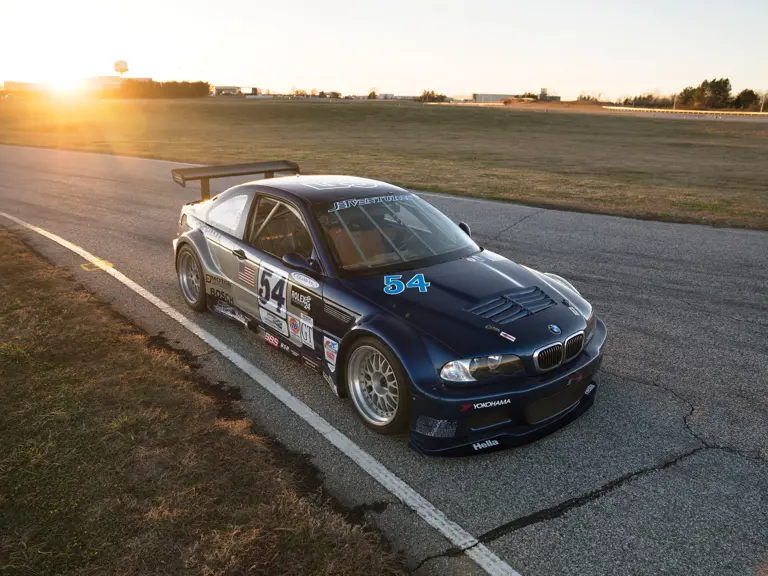

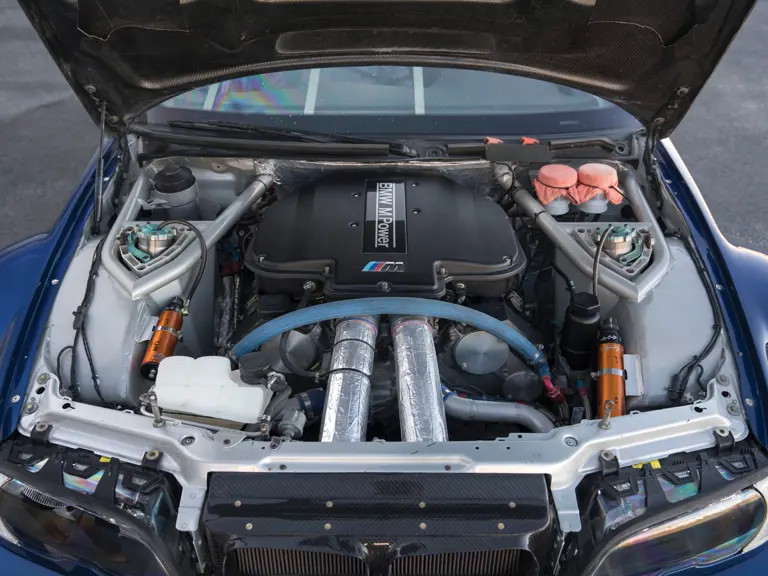
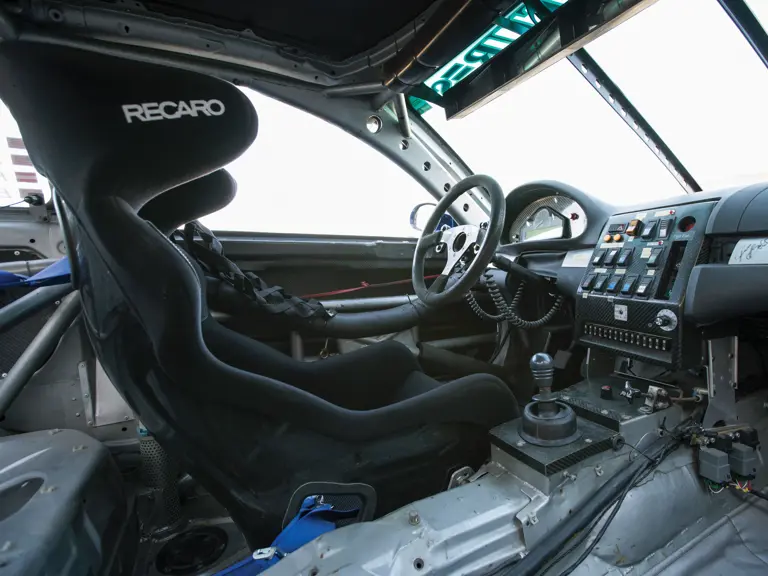

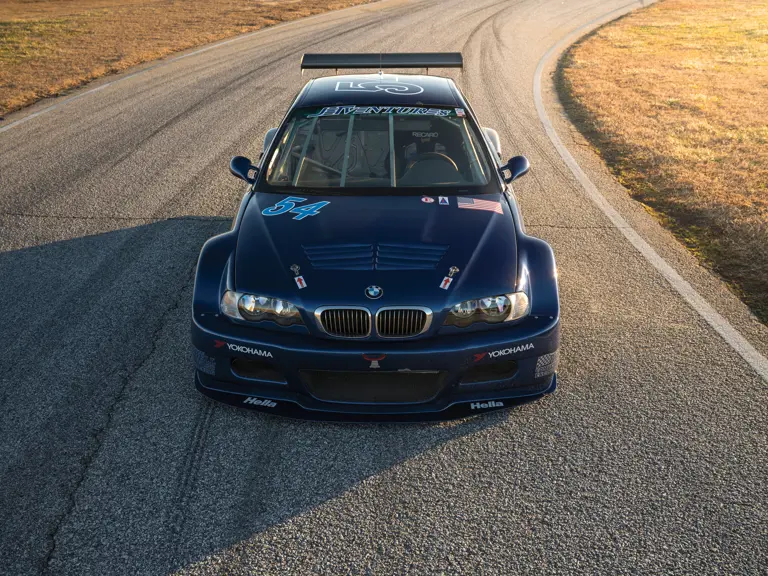
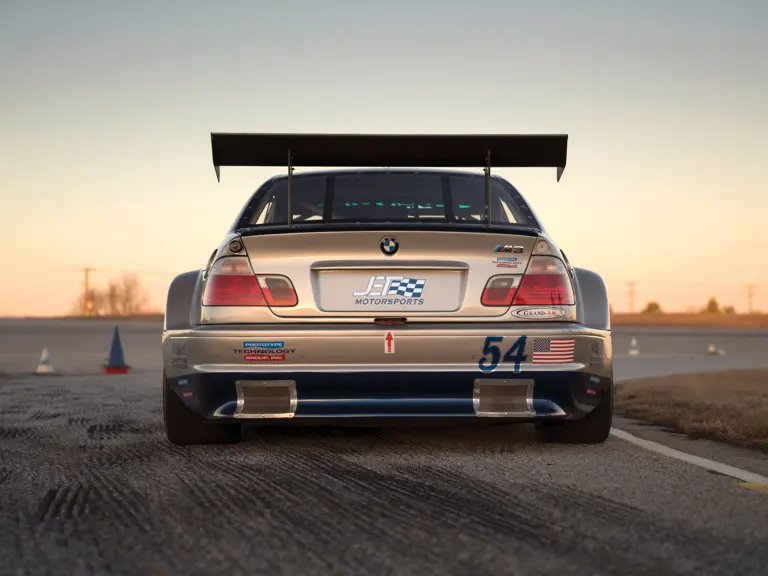
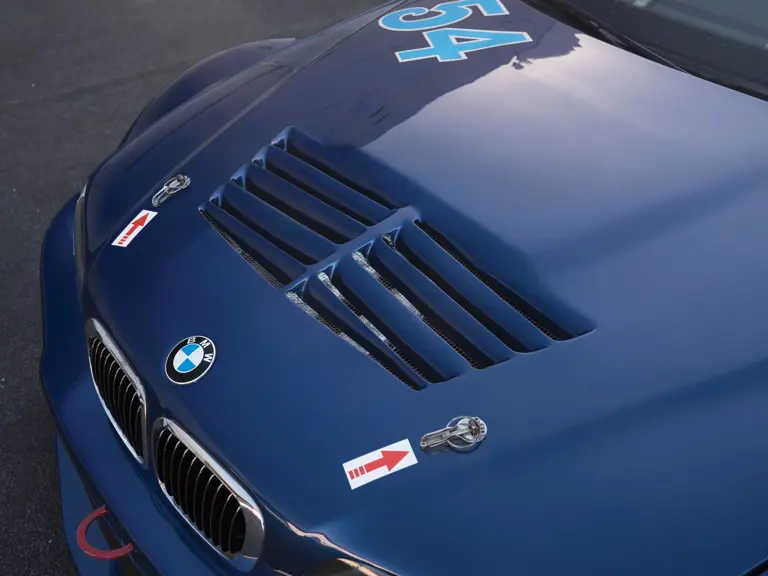
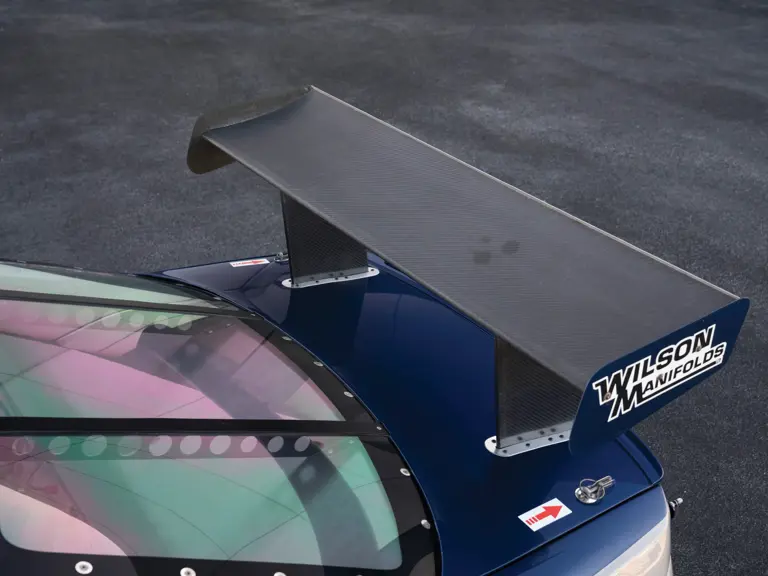
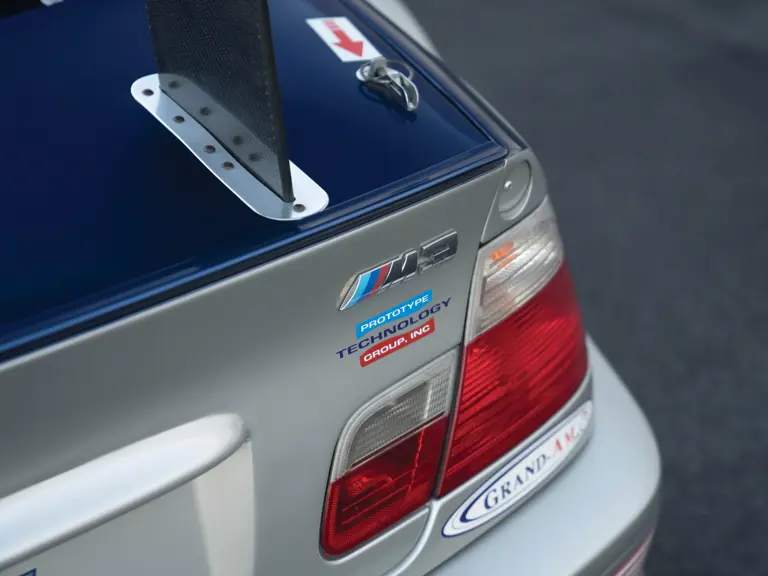
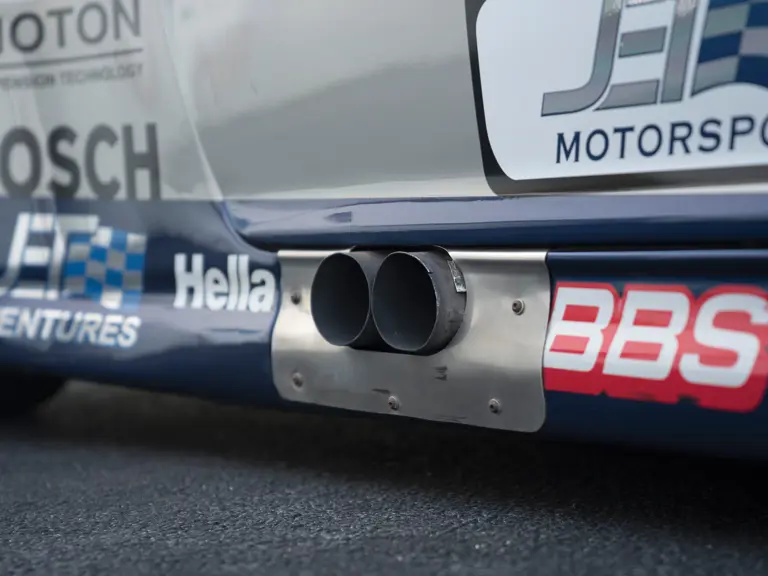

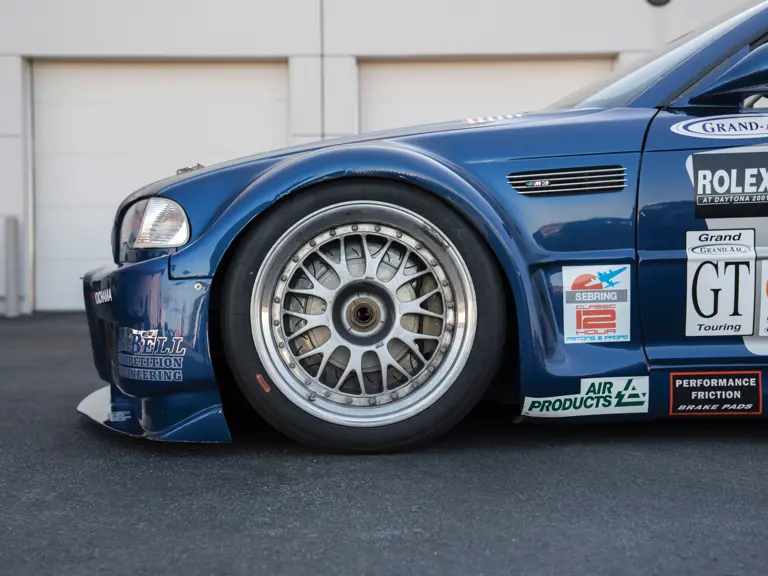
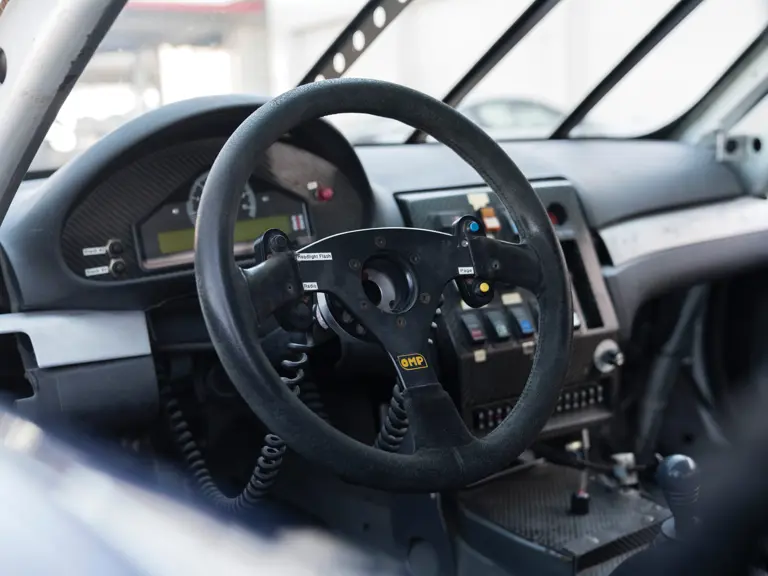
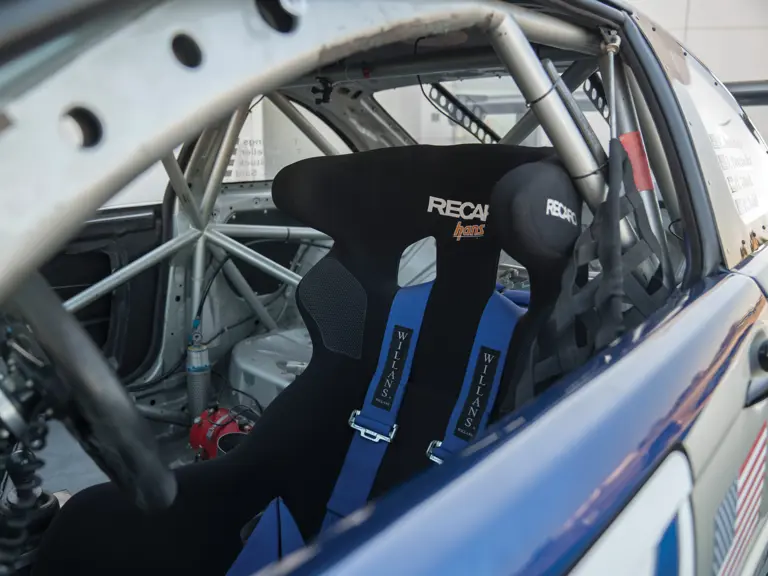


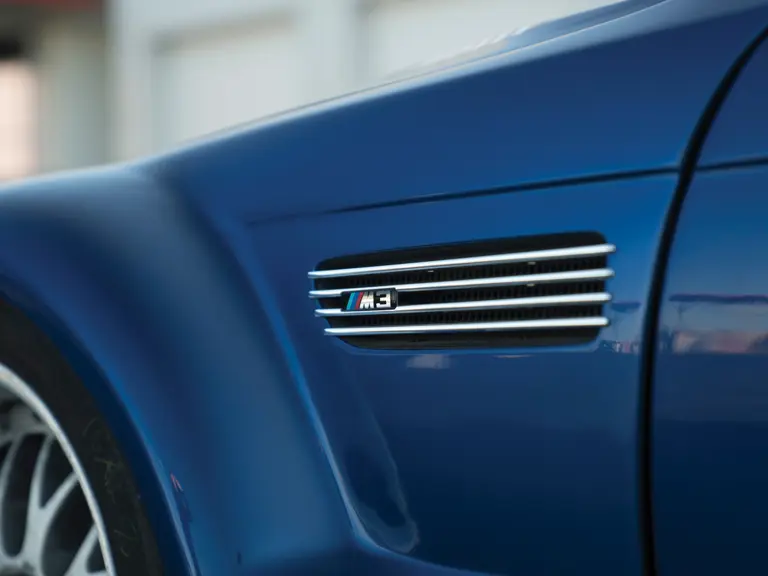
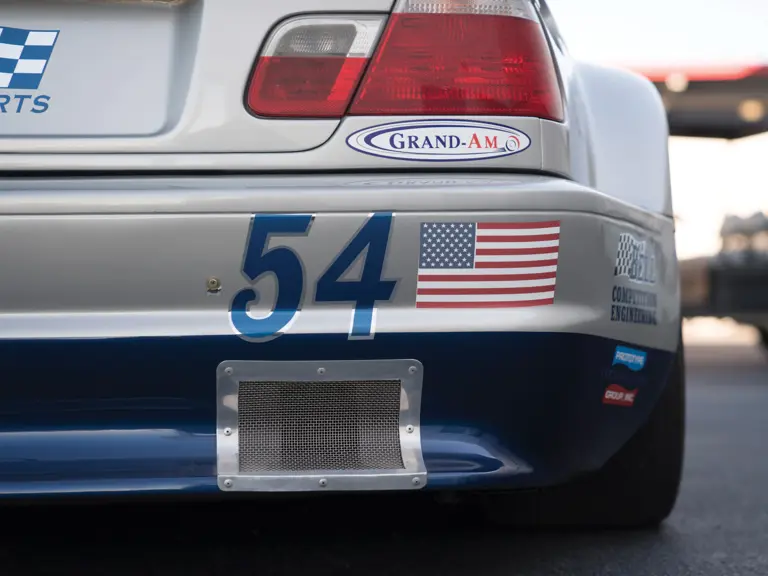

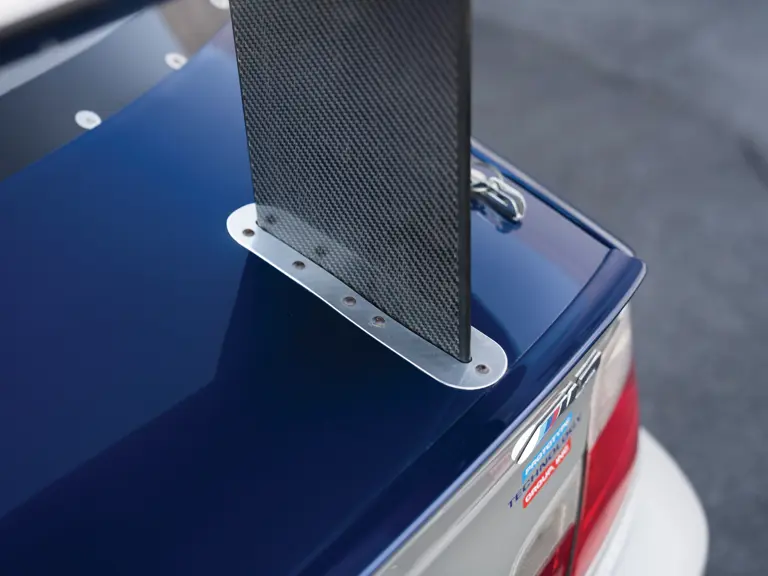
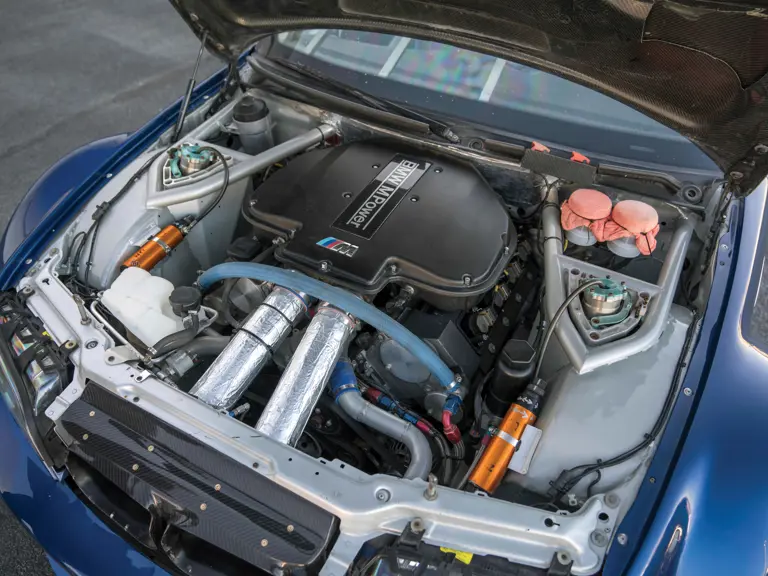
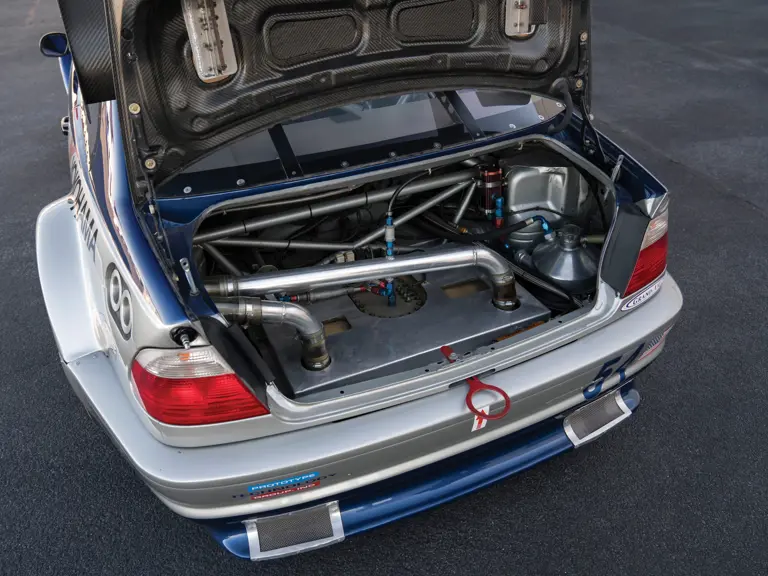
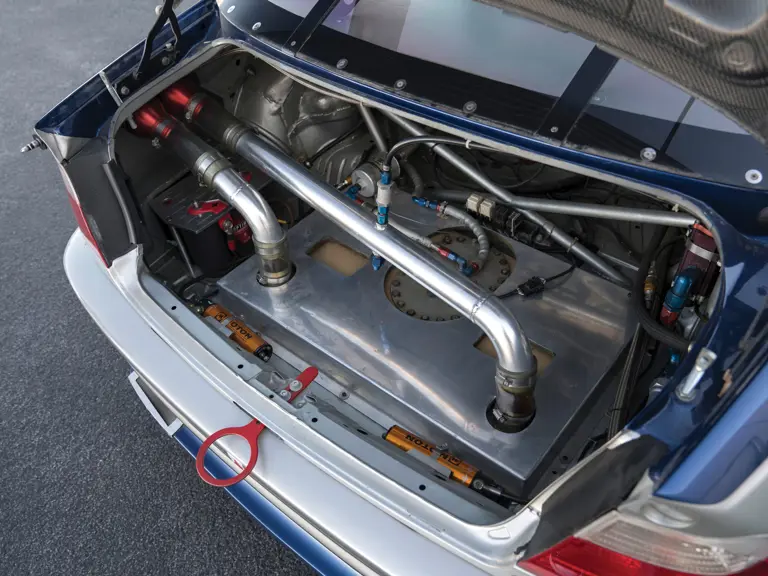
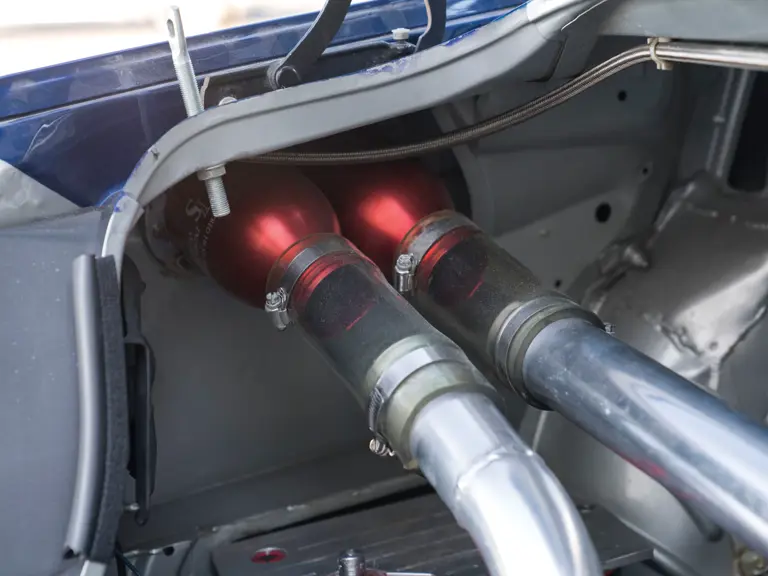


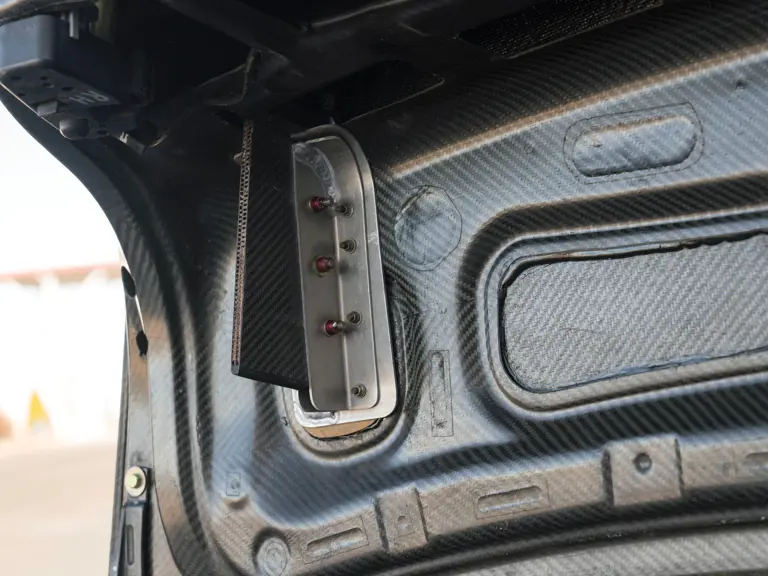
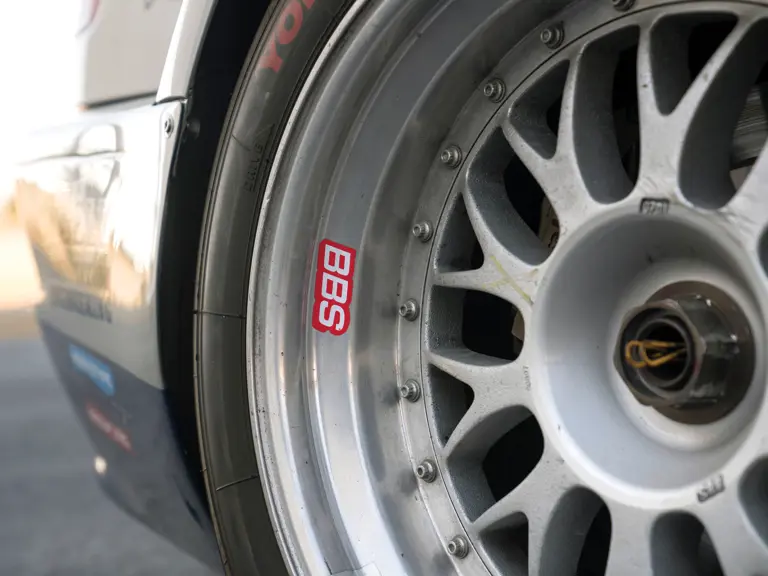
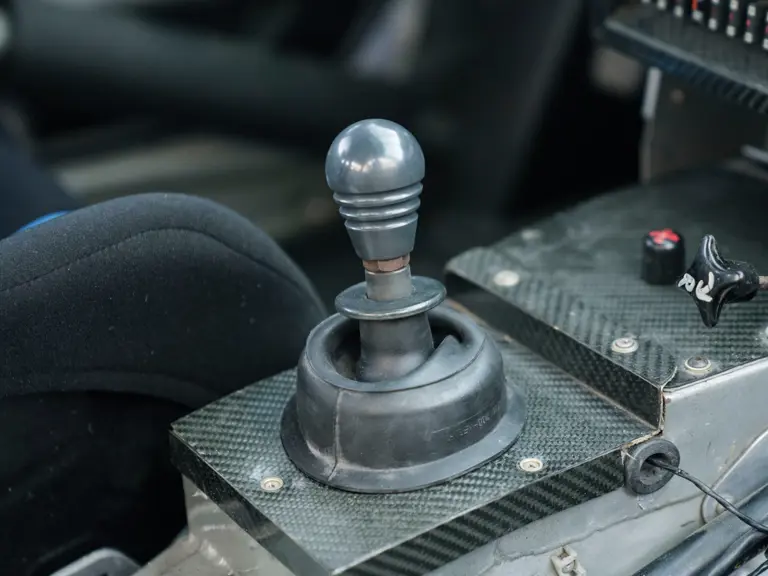
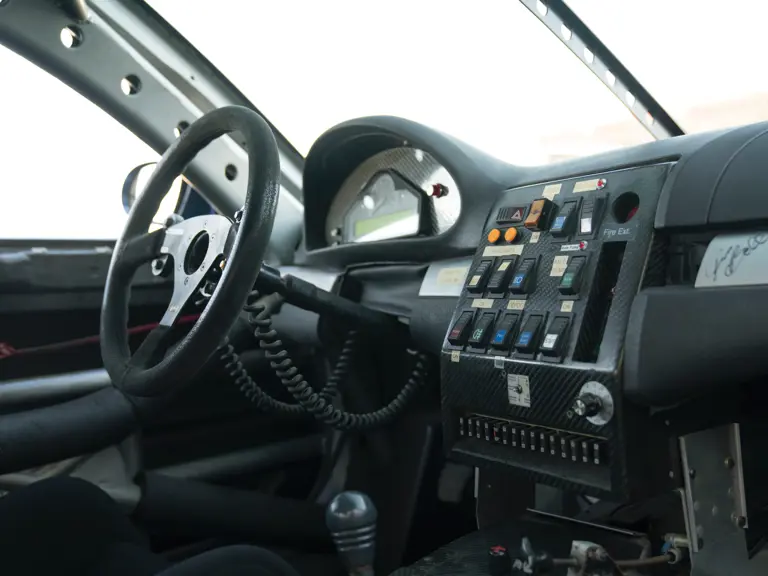
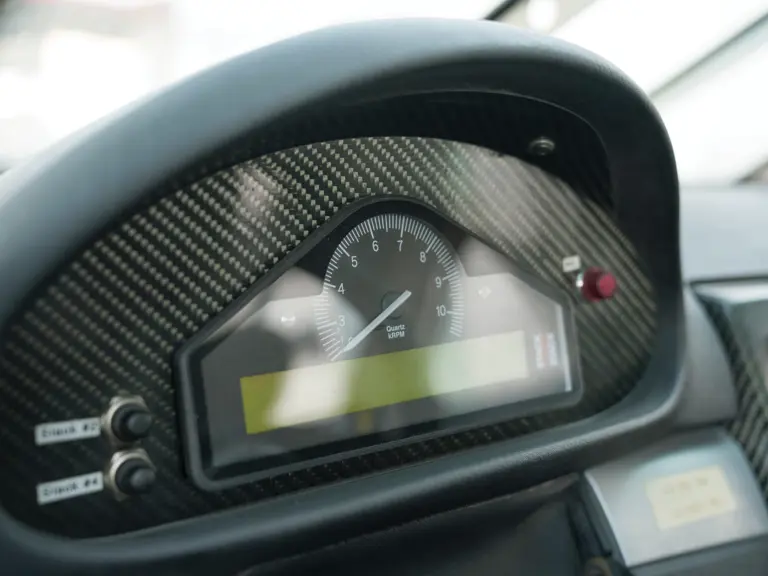
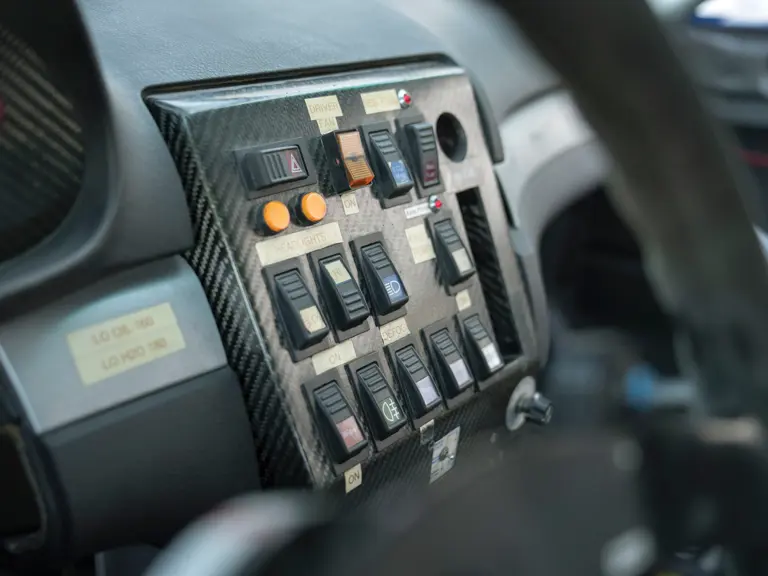
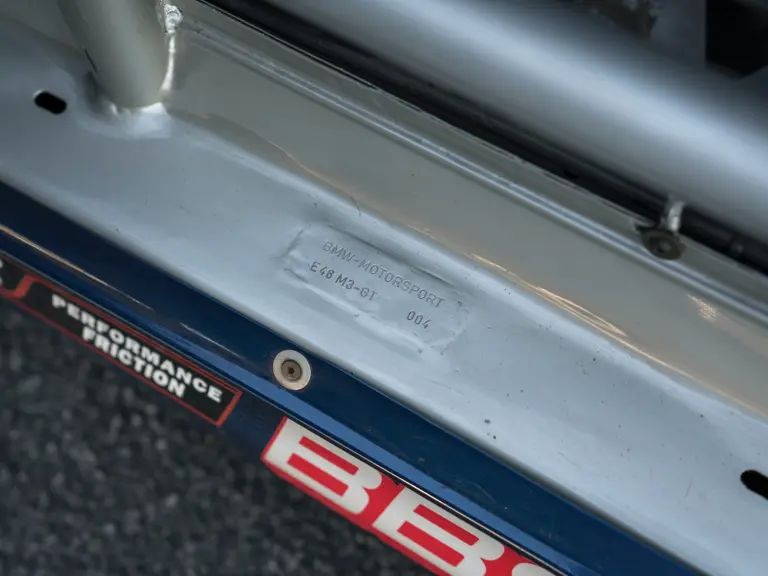
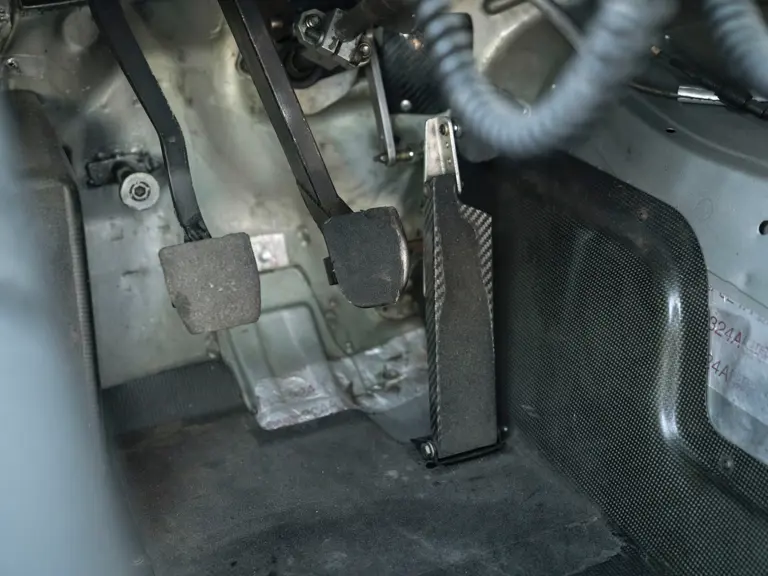
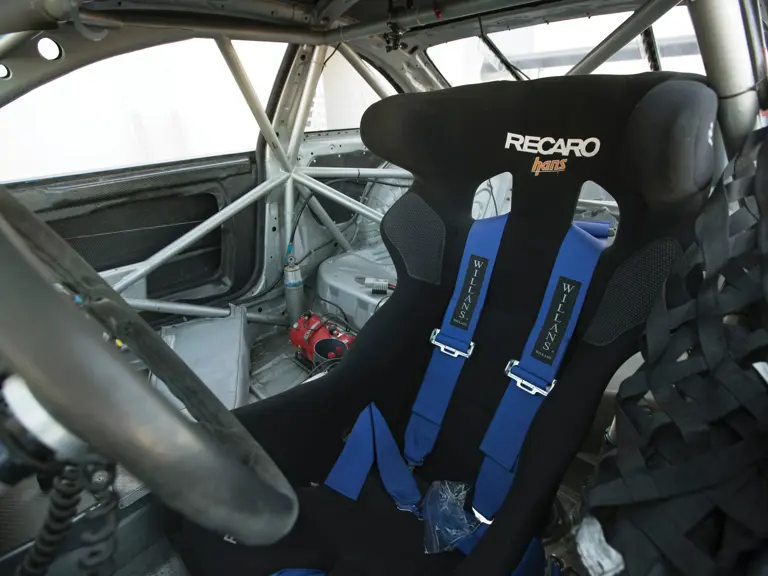
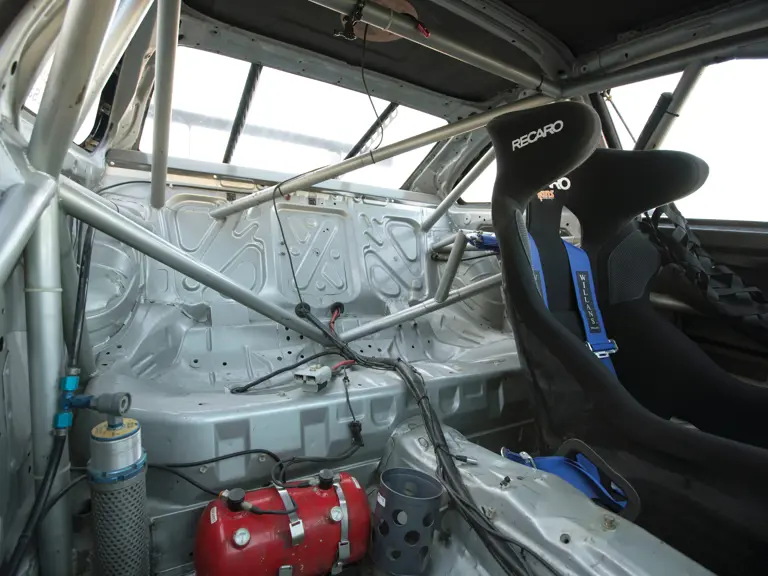
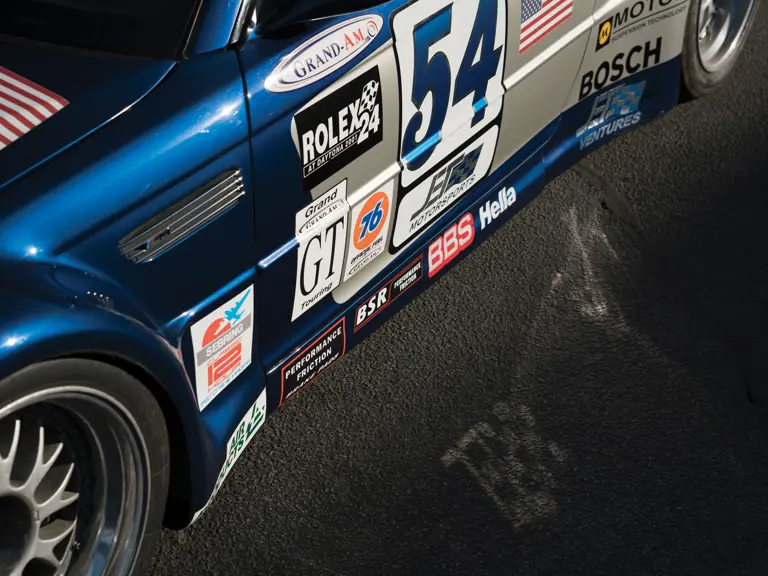

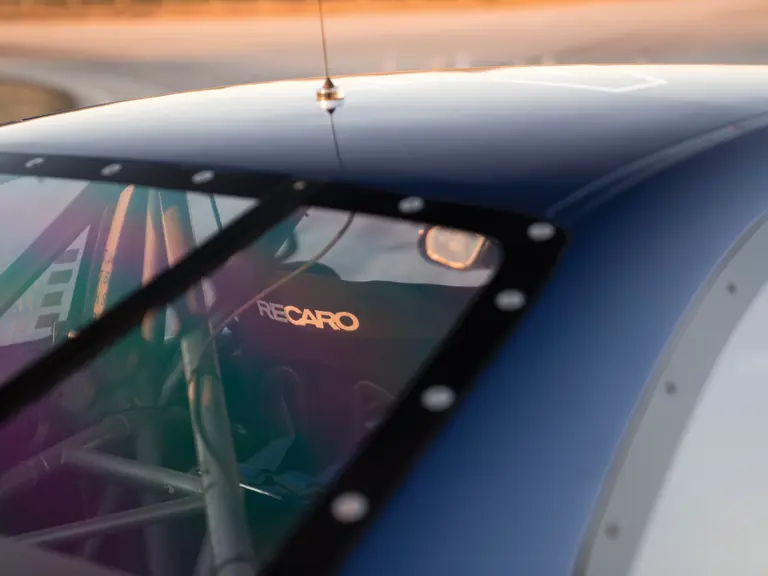
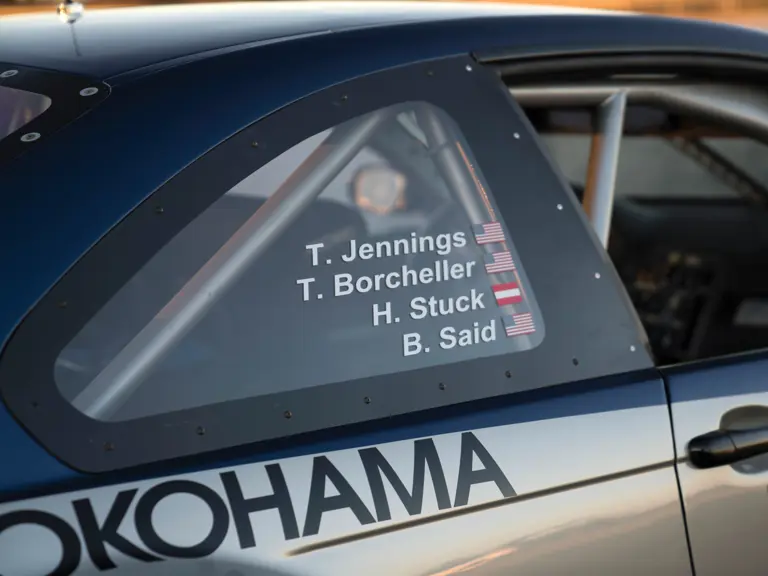
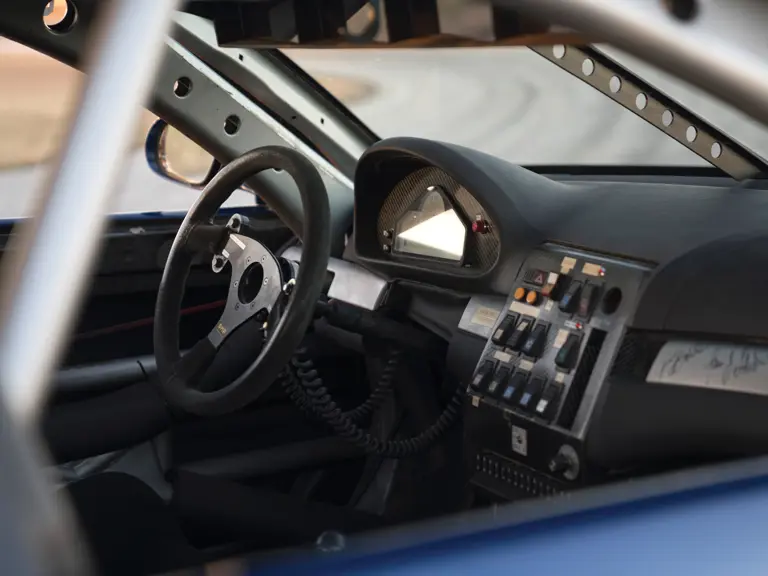
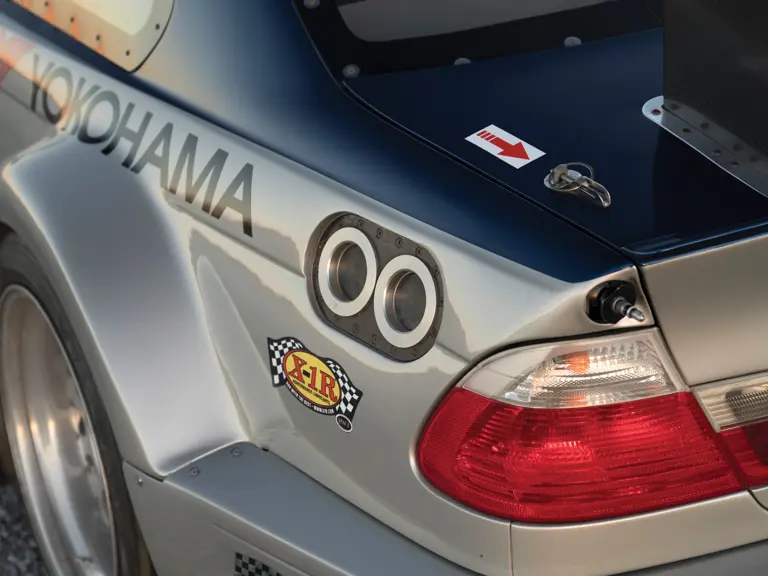
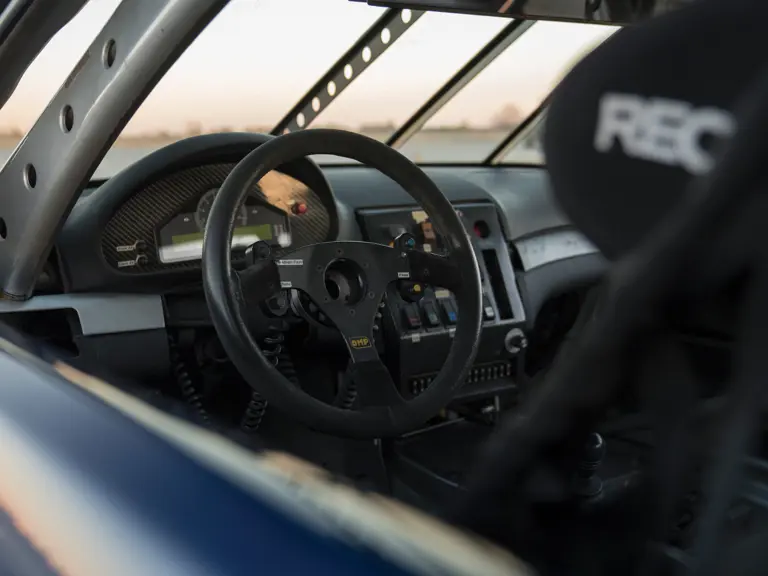
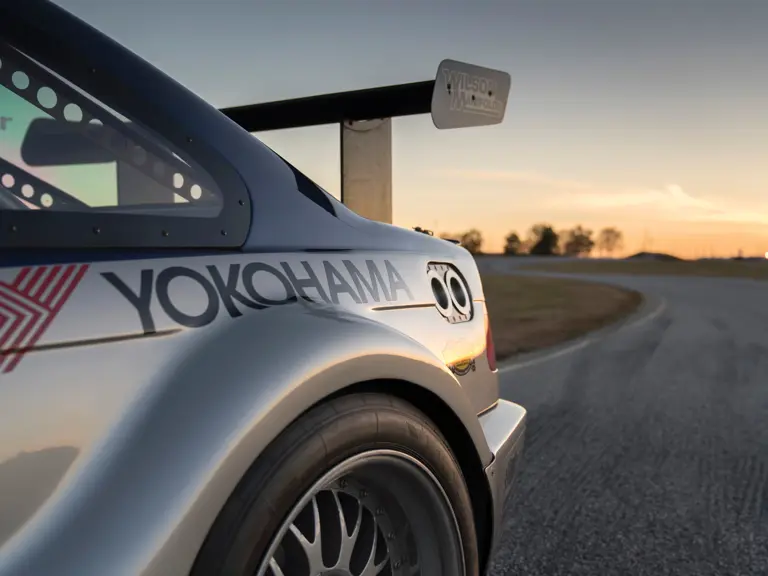
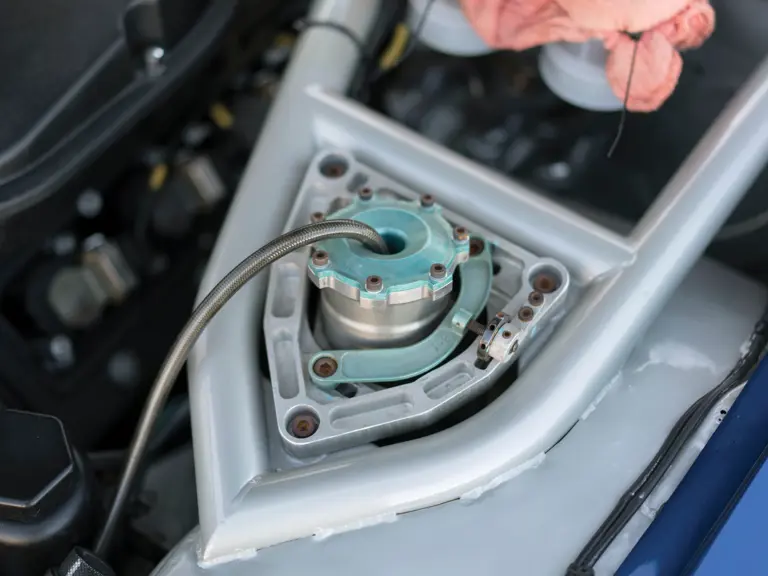

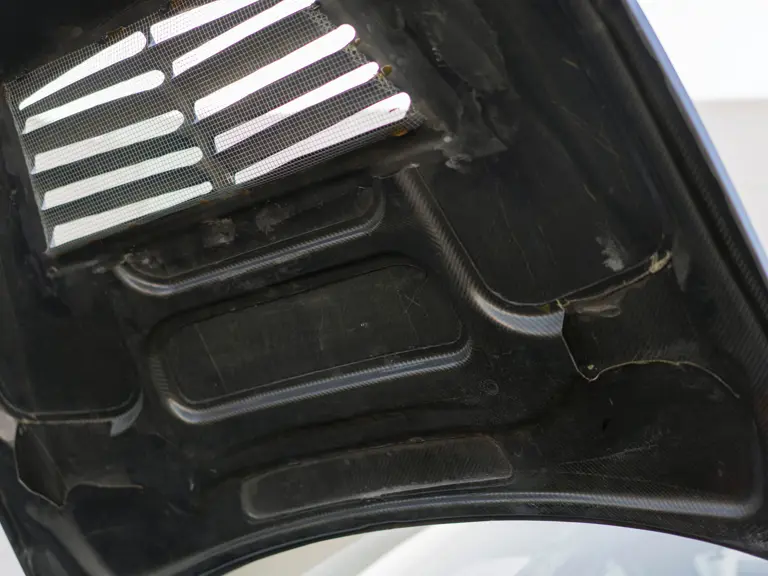
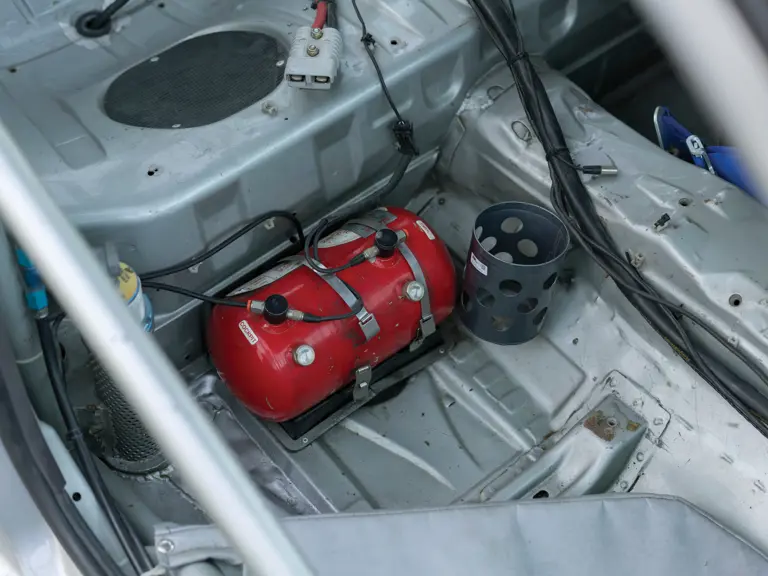
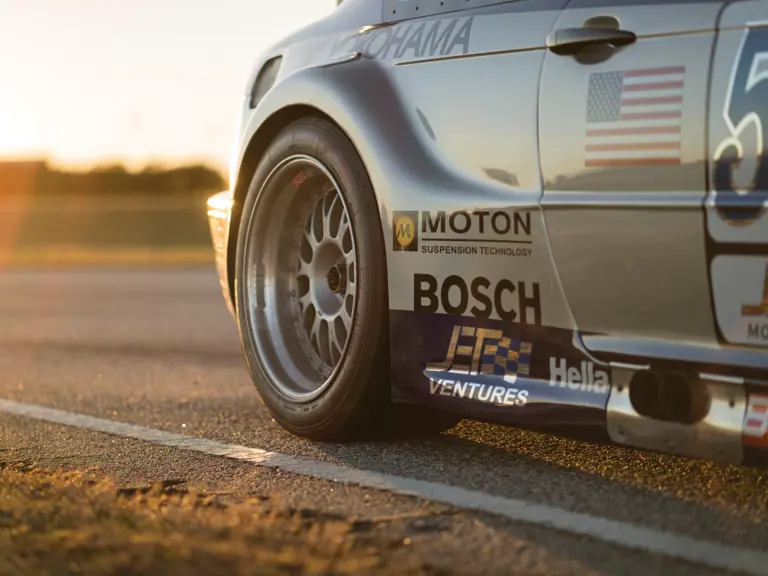
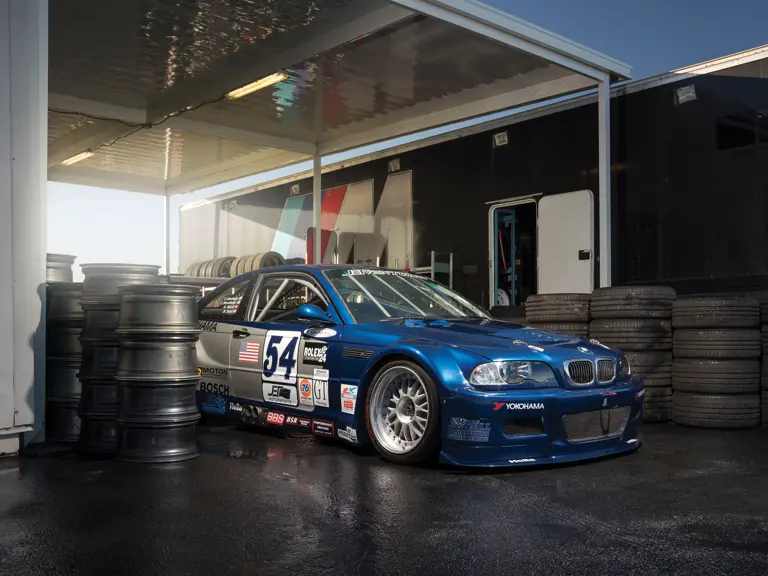
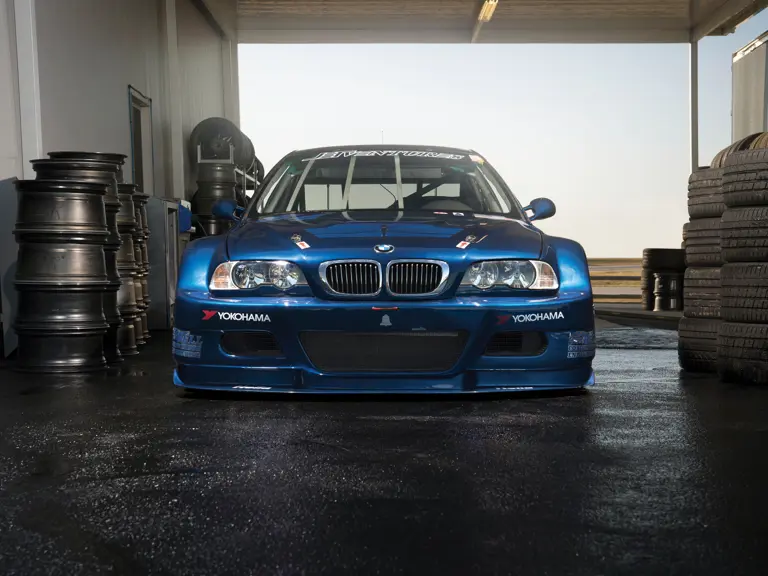
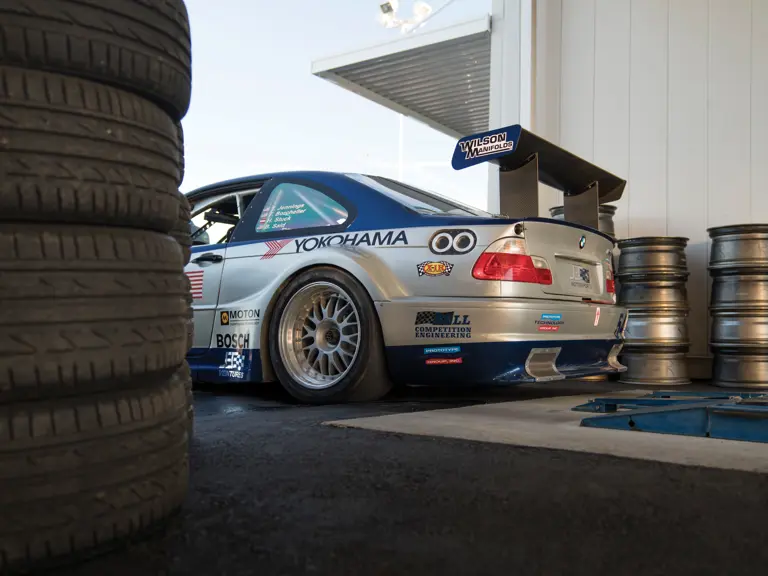
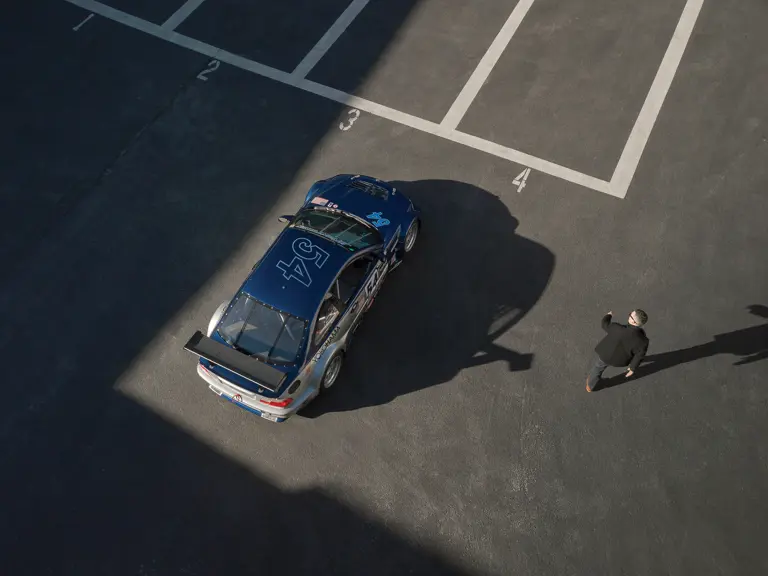
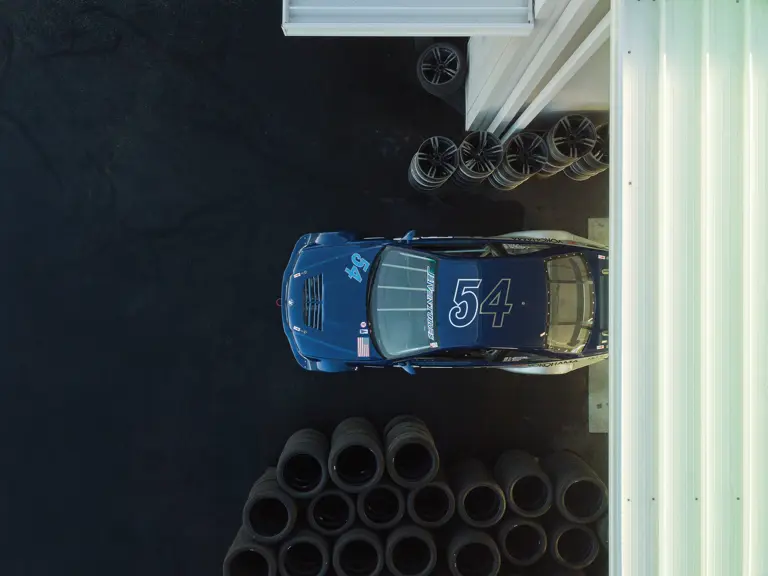
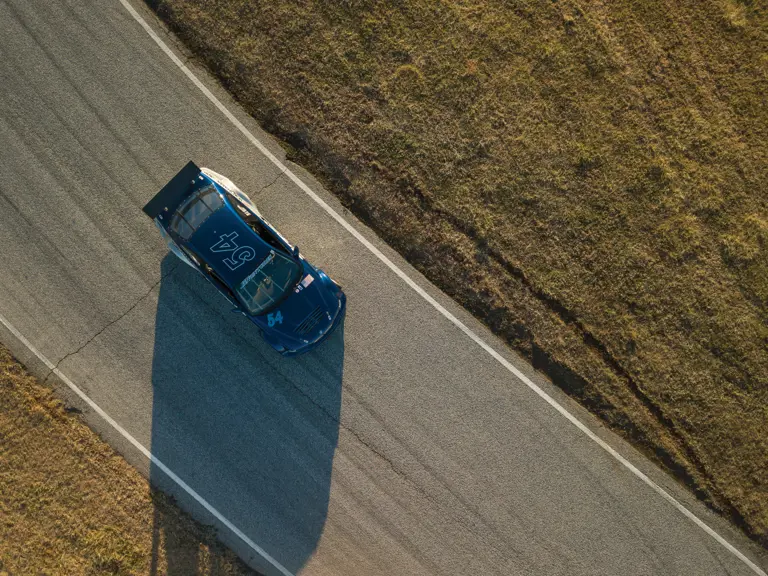
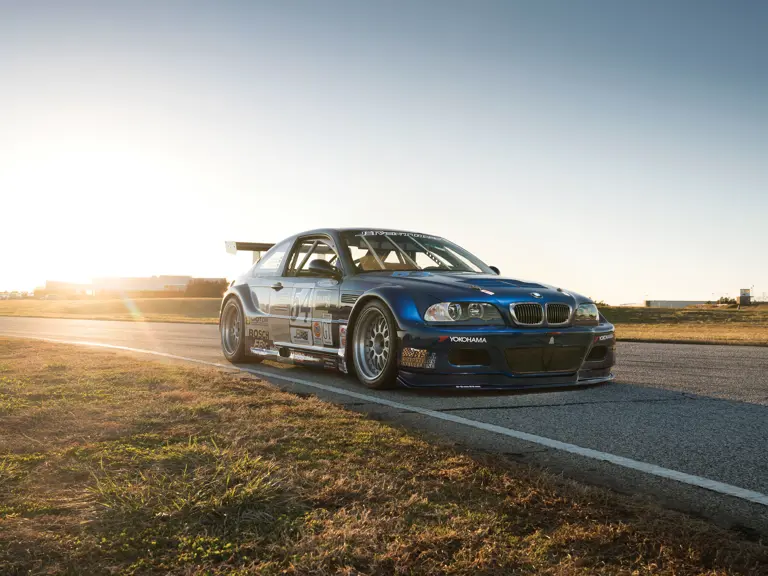
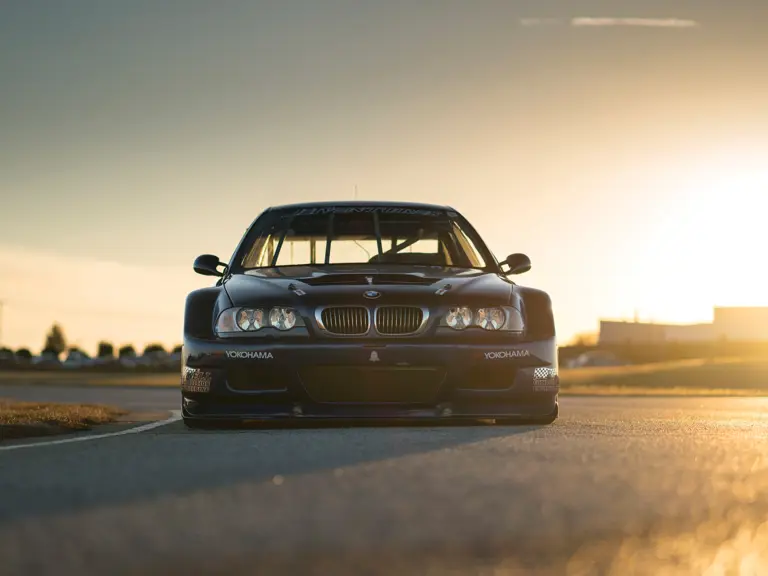
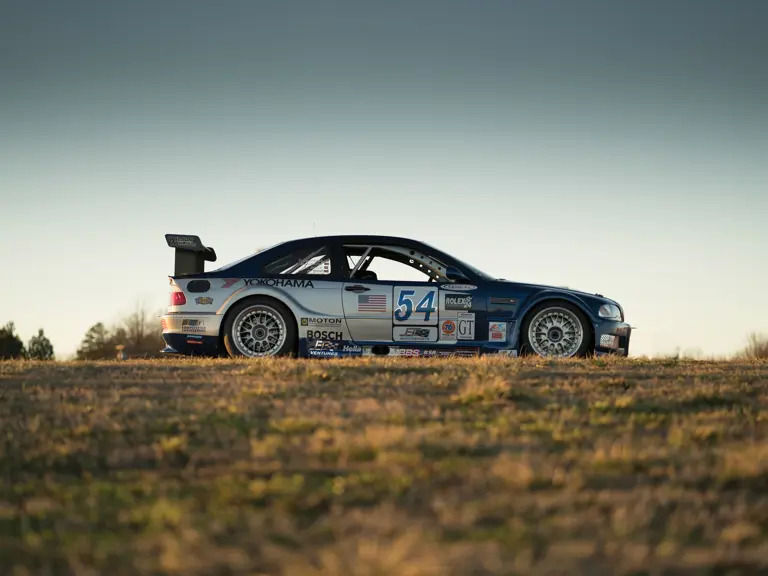
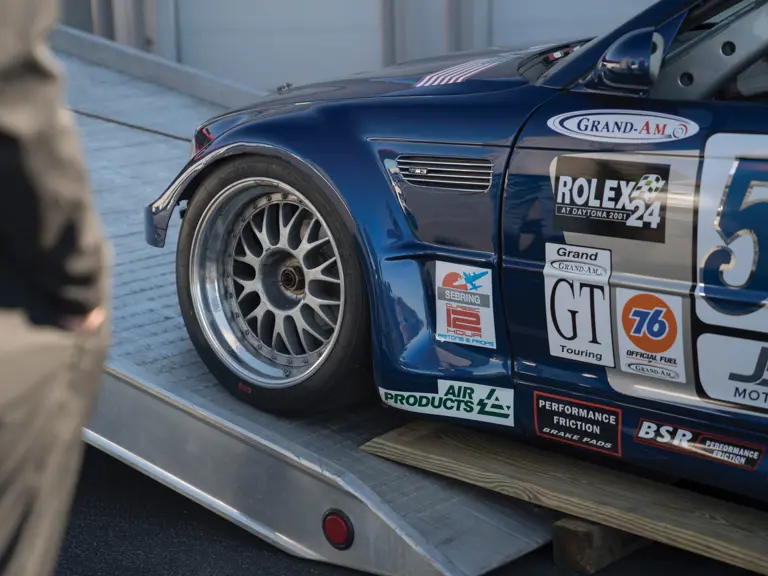
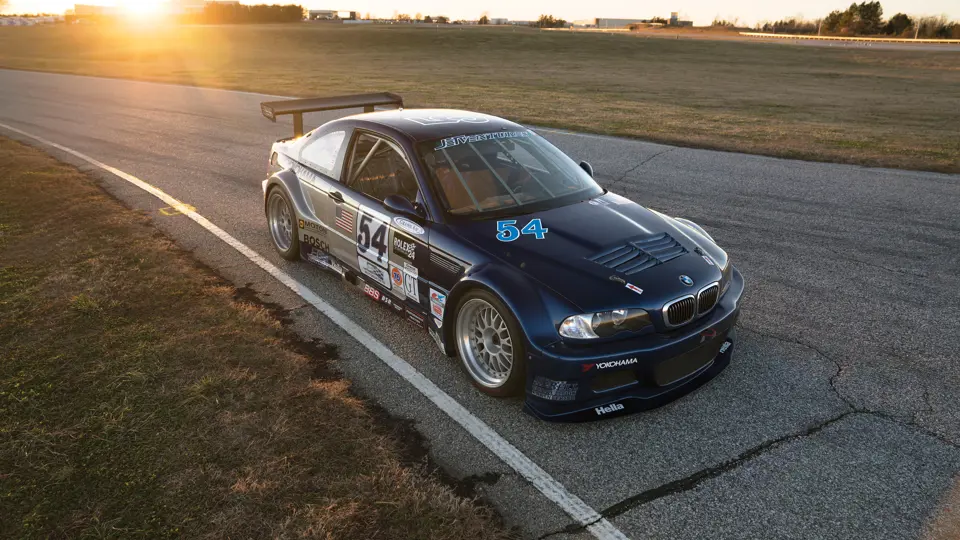
 | Amelia Island, Florida
| Amelia Island, Florida

